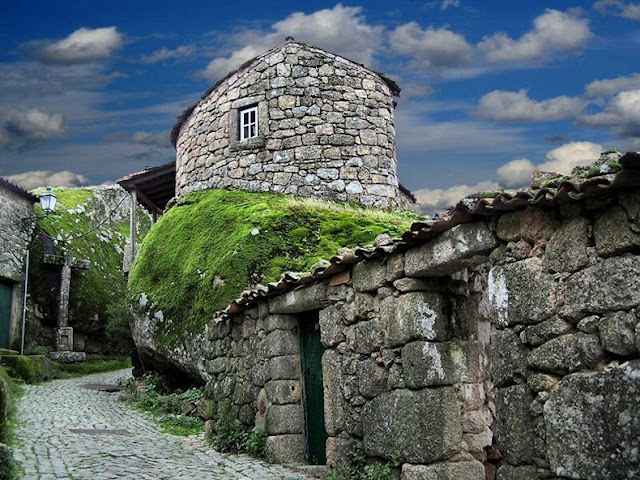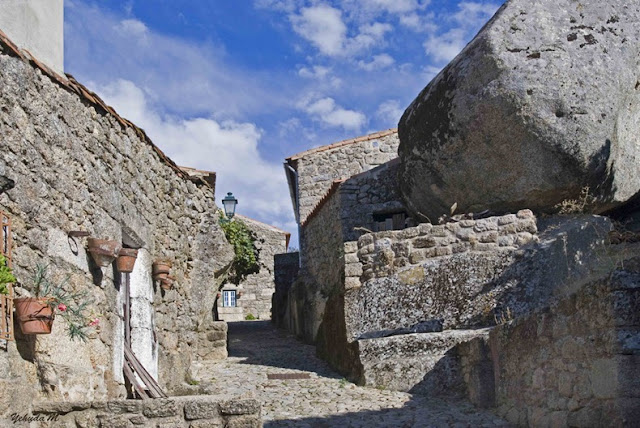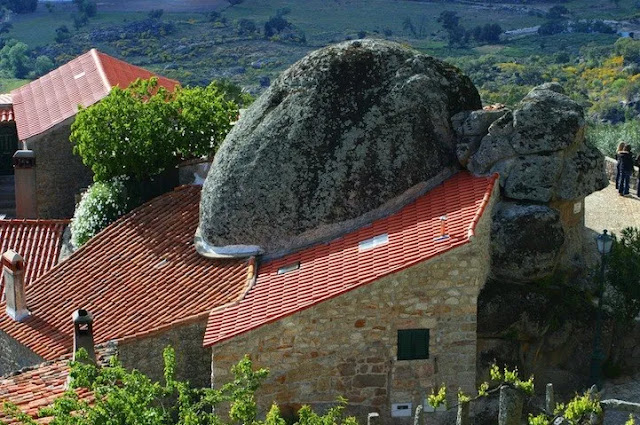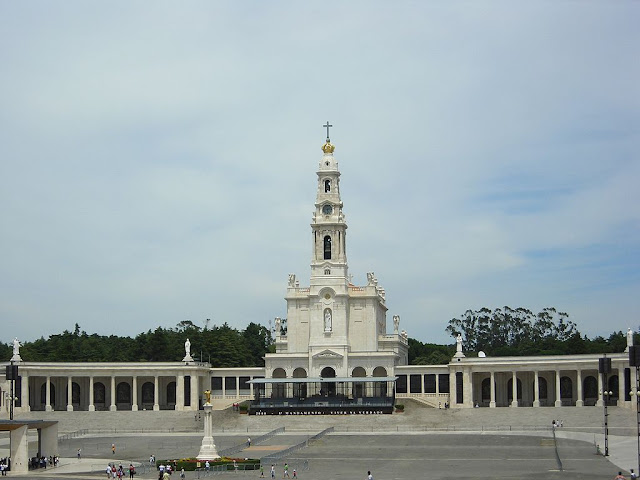 As World War I was devastating Europe, three illiterate children in a poor village started experiencing multiple visions of the Virgin Mary in an isolated ravine called Cova da Iria. As the news spread quickly from Portuguese village to village, soon thousands of townspeople also experienced aspects of the apparition and the legend of Fátima started.
As World War I was devastating Europe, three illiterate children in a poor village started experiencing multiple visions of the Virgin Mary in an isolated ravine called Cova da Iria. As the news spread quickly from Portuguese village to village, soon thousands of townspeople also experienced aspects of the apparition and the legend of Fátima started.
Notwithstanding only three children as direct witnesses, thousands of others experienced a variety of miracles and strange sightings. Probably the most amazing was when 70,000 people filled the valley for the sixth apparition during a heavy downpour.
And became astoundingly dry as the sun suddenly burst through the clouds concluding the sightings. After this event the three youngsters became world-renowned and the atmosphere of their peasant village would never be the same.
The story begins early in 1916 when nine-year-old Lúcia Santos was sent by her parents to tend the family’s sheep in the hills near the village of Fátima. Her cousins Francisco Marto aged just eight, and his six-year-old sister, “Jacinta”, also accompanied her. The children were walking along a hillside when they saw a vision of a human figure. Writing many years later of the event, Lúcia remembers, “It was a figure like a statue … a young man, about fourteen or fifteen, whiter than snow.”
The figure spoke to the children, directing them to pray three times with him, “My God, I believe, I adore.” Yet the children kept their first encounter a secret. The next year, in 1917, the Marian series of apparitions appeared to the children near the same place. The children first saw two flashes of lightning and then a “Lady, brighter than the sun, shedding rays of light” who said she was from heaven.
Lúcia the only one of the three children whoever spoke to the visions directly asked, “What do you want of me?” The Lady answered, “I want you to come here for six months in succession. Then I will tell you who I am and what I want.” The Lady also directed the children to pray every day for peace before she departed in a blinding light.
The children, uncertain of what had happened to them again. But they promised to keep quiet as they had before. However, later Jacinta let the subject slip to her parents. Soon the entire village knew of the supposed apparitions and started making fun of the children. Yet the children knew the apparitions were to continue through October, always on the 13th day of each month.
The second vision came to the children again on the prophesied date in front of 60 onlookers. After the second sighting, the apparitions were reported widely. Fátima is among the most visited shrines in the world devoted to the Virgin Mary. The site draws more than eight million visitors a year, putting it on par with Lourdes in southern France.
The information Mary conveyed to Lúcia during the apparitions remains a mystery. The three secrets of Fátima came during the July appearance when the lady prefigured the coming of World War II, another identified Russia’s “rejection of God,” and the final secret became a “sealed message” recorded by Lúcia, for the pope’s eyes only.
 However, the officials opened the third secret in 1960, but only the pope knows the letter in its entirety. Part of the third message describes the 1981 assassination attempt on the pope.
However, the officials opened the third secret in 1960, but only the pope knows the letter in its entirety. Part of the third message describes the 1981 assassination attempt on the pope.
Also prophesied by Mary, both Francisco and Jacinta died soon after the apparitions ended during the worldwide influenza epidemic of 1918–1920. One of the final requests of the Virgin Mary was to have a place of worship devoted to her in the valley.
A small chapel built at Cova da Iris to commemorate the apparitions was destroyed by skeptics in 1922, only to be replaced by a massive square and towering church. Uncomfortable with all the attention, Lúcia left Fátima to become a nun in 1926, and in 1948 joined a Carmelite monastery in Spain where she still lives. She has only returned to the shrine a few times since it was built. In 1930, after thoroughly investigating the events of 1917, the Vatican authenticated the apparitions.
Getting to Fátima Sanctuary,
The Sanctuary of Fátima is also famous as Sanctuary of Our Lady of Fátima is a Catholic religious buildings and structures in Cova da Iria, in the civil parish of Fátima, in the municipality of Ourém, in Portugal. It is located in west-central Portugal, in the region of Leiria and approximately 87 miles (140 km) north-northeast of Lisbon.
Fátima is a small rural village in a rocky region whose main export product is olive oil. A train runs daily from Lisbon to Chão de Maças, 12.5 miles (20 km) outside Fátima. From there a 30-minute bus ride takes passengers from Chão de Maças into Fátima.





























































